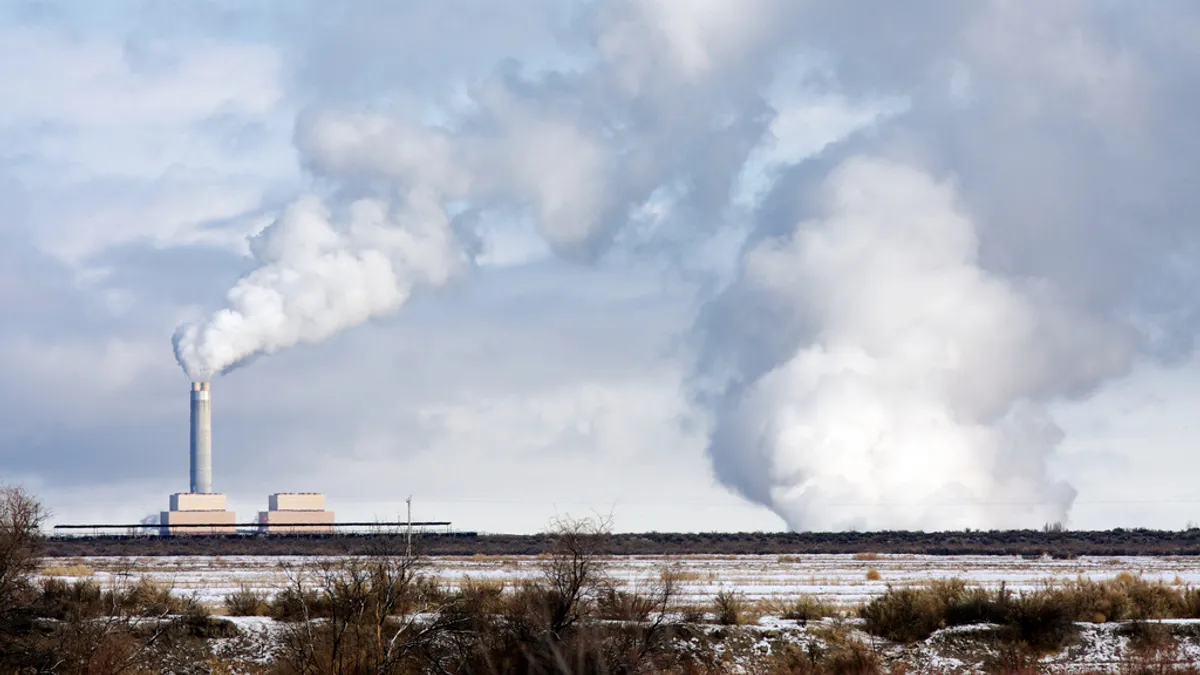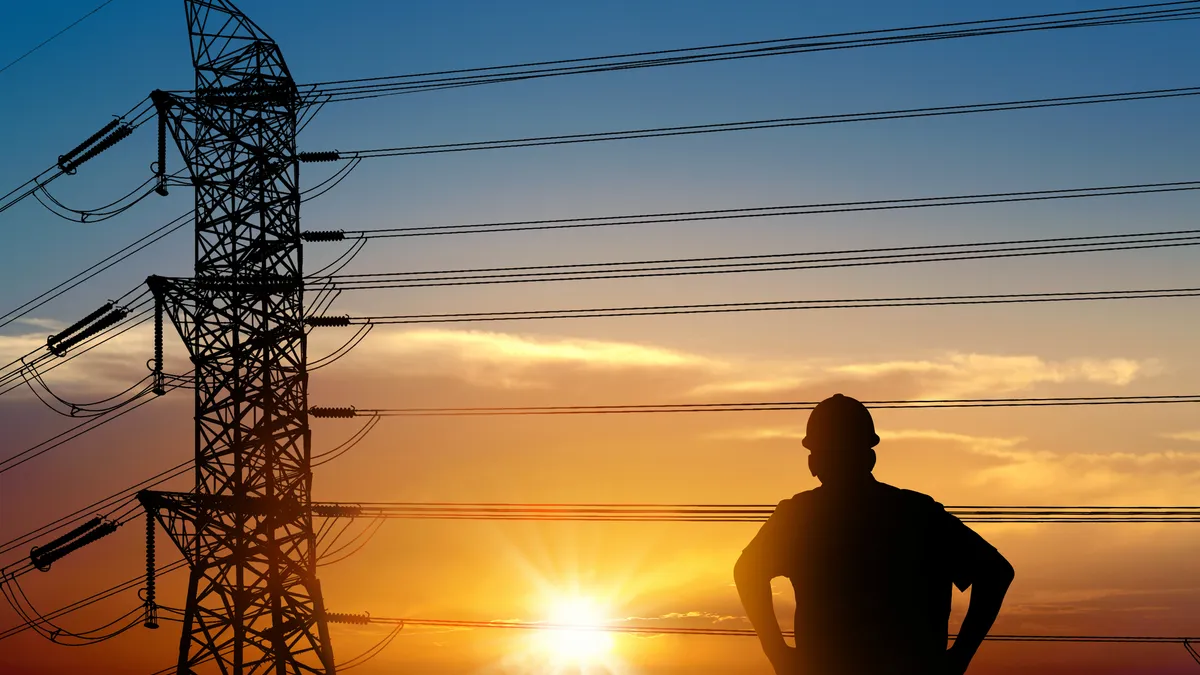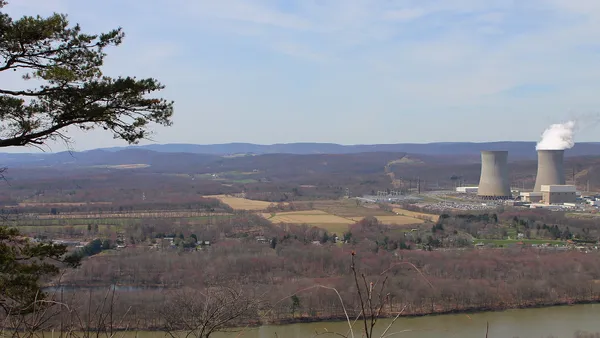The wait for new CO2 rules is over.
On Monday, the Environmental Protection Agency (EPA) announced its highly anticipated draft rule to regulate carbon dioxide emissions from existing power plants.
The rule – which seeks an overall 30% reduction of CO2 emissions by 2030 based on 2005 levels – is arguably the most significant EPA regulation that the U.S. electric utility industry has had to comply with in years, if not decades.
EPA chief: We have ‘moral obligation’ to act
Citing its “moral obligation to act on climate,” EPA administrator Gina McCarthy announced the agency’s proposal to regulate carbon emissions for existing power plants. McCarthy framed the regulation as the EPA’s answer to one of the most important public health crises of our time.
McCarthy began a speech Monday on the proposal by telling the story of a 10-year-old boy who struggles with severe asthma. In her trademark Boston accent, McCarthy said that “no parent should ever have to worry” that the air outside is too dangerous for their kids.
It is the EPA’s job, McCarthy maintained, “to protect public health and the environment.” But while the EPA limits “pollutants like mercury, sulfur, and arsenic,” McCarthy highlighted that there are currently “no limits on carbon pollution from power plants, our nation’s largest source.”
“The science is clear. The risks are clear. And the high costs of climate inaction keep piling up,” McCarthy said. And that is why the EPA felt compelled to act and propose the rule, she said.
EPA unveils ambitious, flexible proposal
While the EPA’s motivations are good-to-know information, the devil – for utilities – is in the details. And there are many details – over 600 pages of them in the draft rule alone. Here’s what stood out to us.
The EPA’s overall CO2 emissions reduction target of 30% by 2030 is based on 2005 levels – a particularly high emissions year and the benchmark year for many climate studies. This is significant because CO2 emissions are already down 12% since 2005, according to EIA data. If the EPA had set 2012 as the base year, for example, far steeper cuts would have been required. The draft rule effectively gives states credit for CO2 emissions cuts that have taken place since 2005.
Notably, the reduction target is being proposed as a national goal and does not hold each state to the overall 30% target. Each state, the EPA highlighted, will have the chance to develop its own program to comply with the CO2 emissions reduction targets set specifically for that region.
EPA to states: Your move
“States will ultimately make the choices about what they do to comply,” a senior agency official told reporters on a call after McCarthy’s announcement. EPA has charted the CO2 emissions reductions it expects from each specific state – and the numbers vary substantially.
This is because the EPA looked at the things that utilities are already doing – from coal-to-natural gas plant conversions to demand-side management -- and came up with the framework of what each state should be able to accomplish by 2030.
For details on each state’s C02 emissions reduction goals, the EPA has put together a really great interactive map.
The agency said it would not limit the compliance mechanisms available to the states, notably deeming a carbon tax a viable compliance method, according to senior agency officials. EPA touted coal-to-gas plant conversions, environmental plant upgrades, renewables and energy efficiency as proven compliance mechanisms, but affirmed it would give “ultimate flexibility” to the states.
States are expected to submit compliance plans by June 30, 2016 – a year after the draft rule is finalized in June 2015. Public hearings will take place this summer and the public comment period for the proposed rule will end in the fall.
When asked how the EPA would respond to states that resist the rule and do not comply, agency officials were forthright. “If a state does not set a plan, the EPA will do so,” they said. But officials emphasized that we are “a long way away from that” and that states will “want to be in the driver’s seat.”
Alternatives’ value boosted, but coal isn’t going away
Looking ahead, the rule is widely expected to accelerate the retirement of coal-fired power plants – particularly older, less efficient ones. Natural gas plants, whose CO2 emissions are significantly less than coal power’s, could also be negatively impacted. However, many existing coal plants may also be converted to natural gas as an emissions reduction strategy. The rules, however, do clearly boost the relative value of nuclear power, solar and wind energy, energy efficiency and demand response.
But even if the rules are viewed as a “war on coal,” the EPA acknowledges that coal power still has a role to play in the generation mix. Under the EPA’s own draft rule, coal will still make 30% of generation by 2030, only down from 39% in 2013.






















